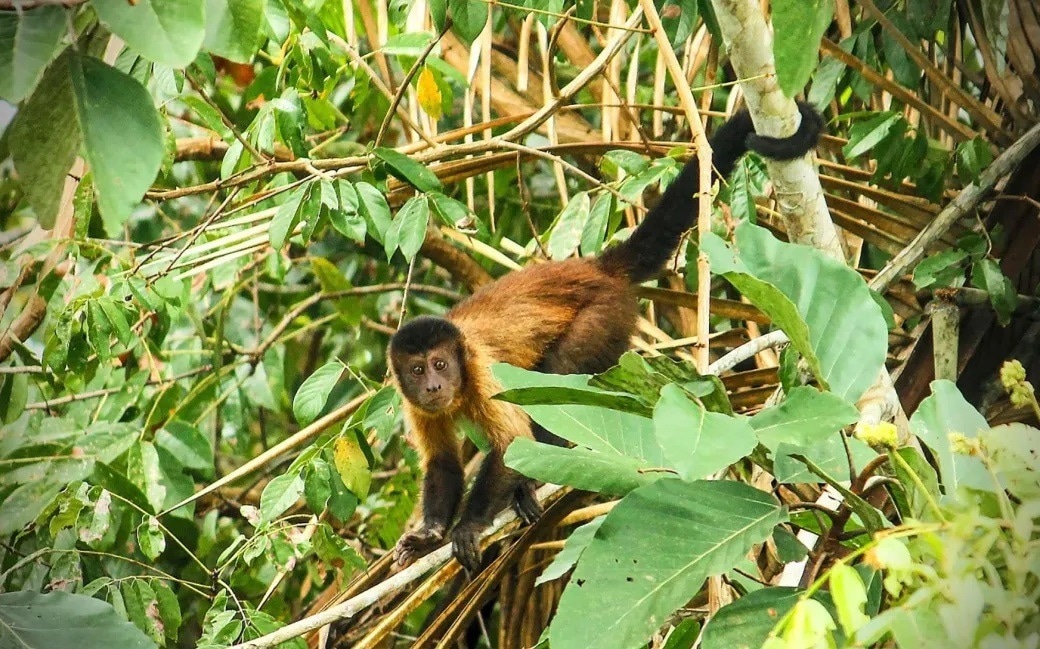
Black-capped Capuchin (Sapajus apella) from the Amazon rainforest. Wild animals are trapped and advertised for sale on digital marketplaces. Image Credit: Ritwik Kulkarni
The illegal wildlife trade is evaluated to be a multi-billion-dollar industry where hundreds of species have been traded throughout the world.
At present, a substantial proportion of the illegal wildlife trade makes use of online marketplaces to promote and sell live animals or animal products as it paves the way to reach more buyers compared to what was possible earlier. Since there is trade happening all over the Internet, it is extremely hard to manually search thousands of posts, and methods for automated filtering are required.
When making use of computer vision to determine species from images, the identification of images corresponding to the illegal wildlife trade has been rendered challenging by the need to determine the context in which the species have been portrayed.
In a new article reported in the journal Biological Conservation, researchers based at the Helsinki Laboratory of Interdisciplinary Conservation Science, University of Helsinki, have bridged this gap and come up with an automated algorithm with the help of machine learning to determine such image content in the digital space.
This is the first-time machine vision models have been applied to deduce the context of an image to identify the sale of a live animal. When a seller is advertising an animal for sale, many times the advertisement is accompanied with an image of the animal in a captive state.
Dr. Ritwik Kulkarni, Study Lead-Author, Helsinki Lab of Interdisciplinary Conservation Science, Department of Geosciences and Geography, University of Helsinki
Kulkarni added, “This differs from non-captive images, for example a picture of an animal taken by a tourist in a national park. Using a technique called feature visualization, we demonstrated that our models could take into account both the presence of an animal in the image, and the surrounding environment of the animal in the image. Thus, making it possible to flag the posts which may be selling animals illegally.”
Researchers trained nearly 24 different neural-net models on a newly made dataset as a part of their research under several experimental conditions.
Extremely high accuracy was achieved by the top-performing models which were able to discern between captive and natural contexts. Also, one more fascinating feature of the study is that the models were subjected to testing and performed well on data acquired from a source that is irrelevant to training data. This shows the capability to function well in the identification of other content available on the Internet.
These methods are a game changer in our work that seeks to enhance automated identification of illegal wildlife trade content from digital sources. We are now upscaling this work to include more taxonomic groups beyond mammals and to develop new models that can identify image and text content simultaneously.
Enrico Di Minin, Study Co-Author and Associate Professor, Helsinki Lab of Interdisciplinary Conservation Science, University of Helsinki
The researchers are planning to make their techniques openly accessible for wider scientific and practitioners’ use.
Journal Reference:
Kulkarni, R & Di Minin, E (2023) Towards automatic detection of wildlife trade using machine vision models. Biological Conservation. doi.org/10.1016/j.biocon.2023.109924.